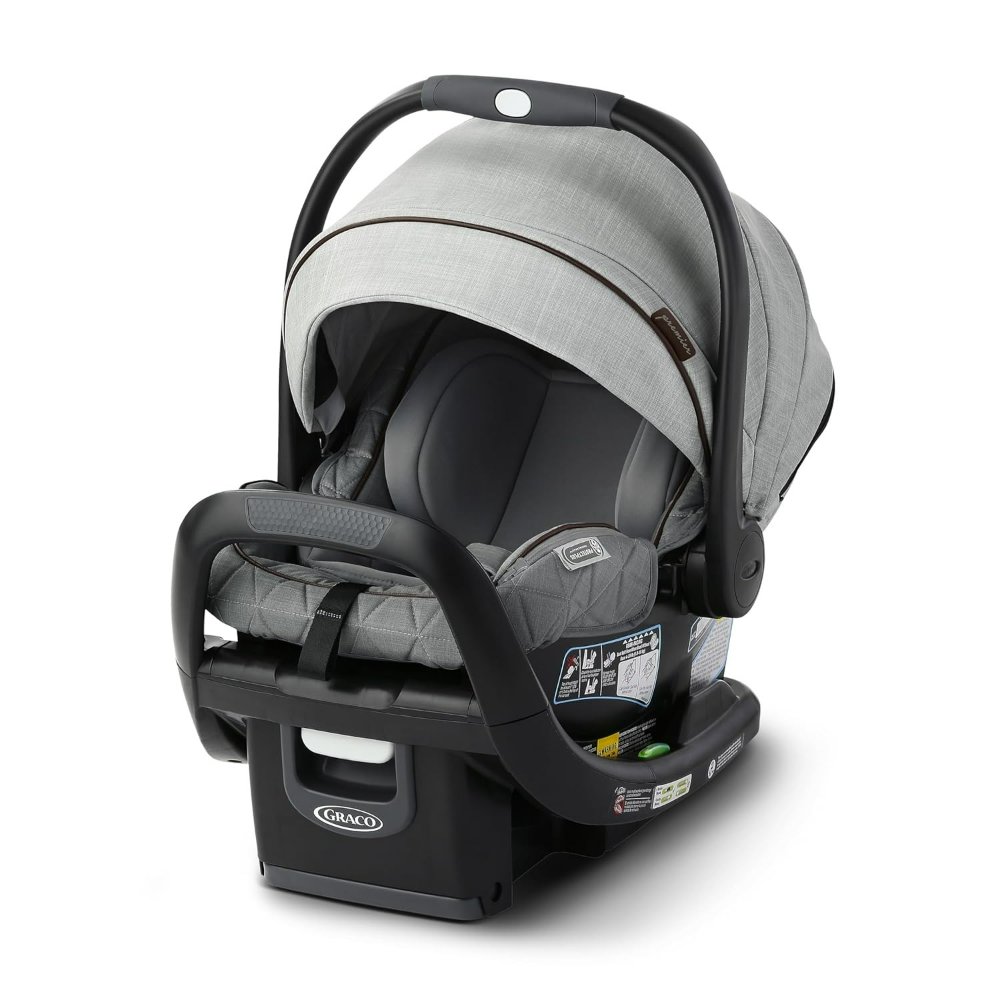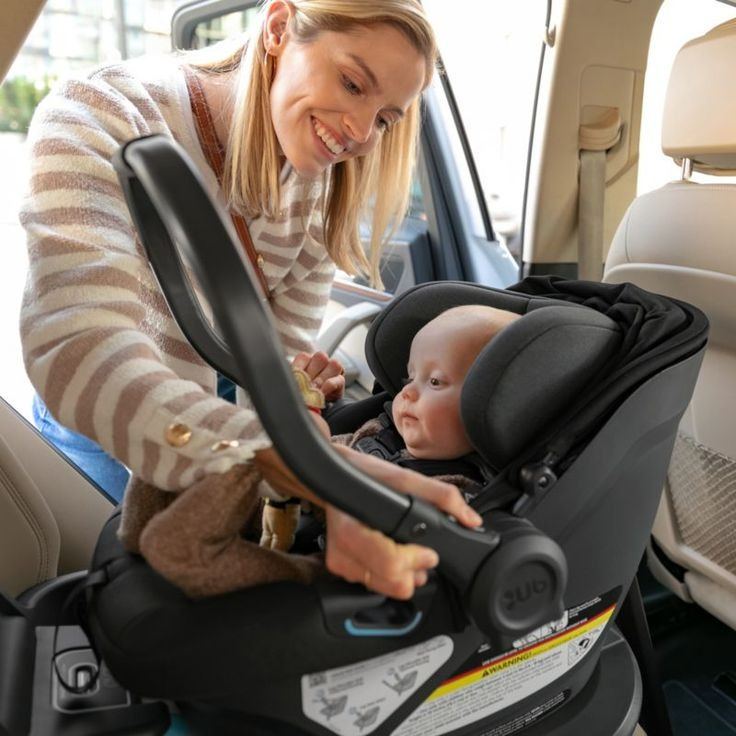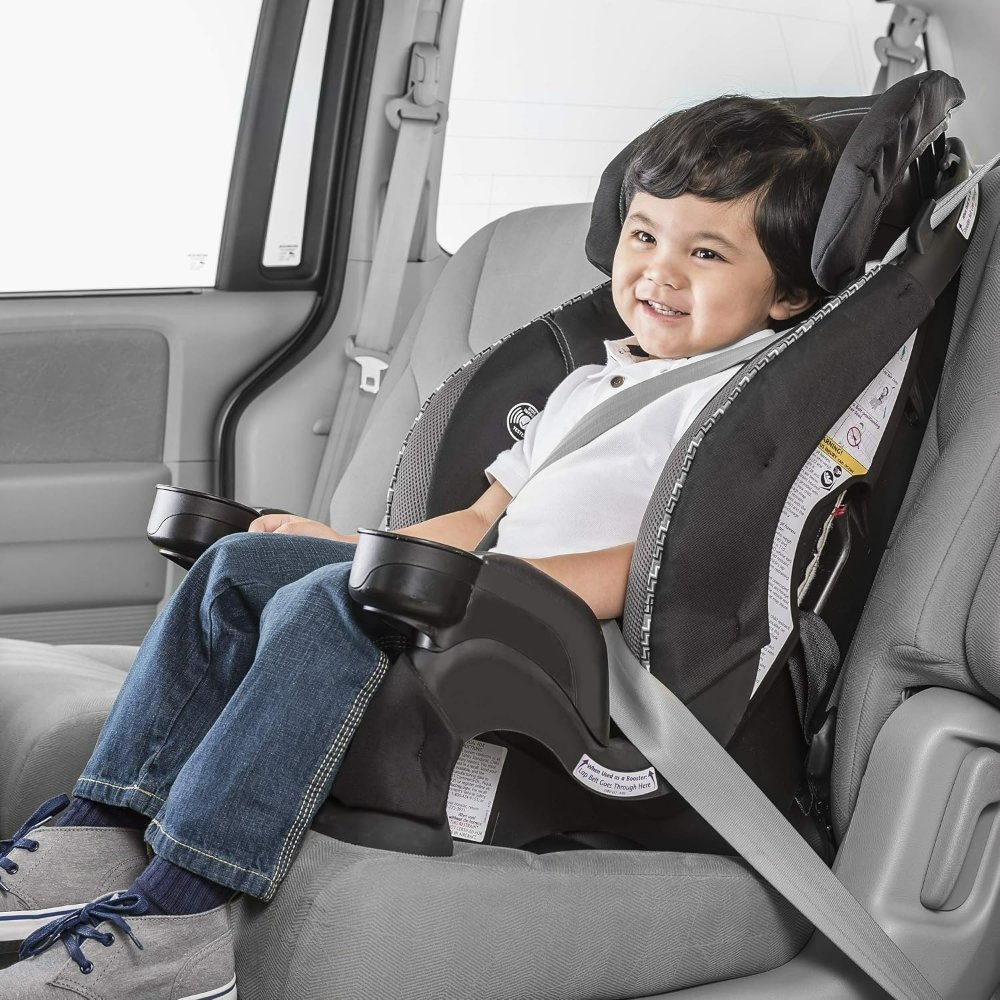Understanding Car Seat Safety Regulations
When it comes to car seat safety, understanding the regulations is key. Rules vary by region, but all aim to protect kids. National and local laws set minimum standards for car seat stages and usage. Manufacturers also follow guidelines to ensure their seats meet safety criteria. Parents should know these rules to keep children safe on the road.
Regulations often require car seats for children up to a certain age or size. They define when to move to the next car seat stage. These stages are crucial for accommodating a growing child. Transitioning too soon or too late can compromise safety. Check the law to know when to change stages for your child’s best protection.
Safety certifications are key indicators of a reliable car seat. Look for labels showing the seat has passed safety tests. These certifications mean the seat adheres to current safety standards. Always choose certified seats for your child. Avoid second-hand seats if you can’t verify their history or certification status.
Registration cards come with new car seats. Fill these out to stay informed about recalls or safety updates. Doing so ensures you’ll get critical safety information promptly. Stay proactive about safeguarding your child by being regulation-aware.

The Importance of Appropriate Car Seat Selection
Choosing the right car seat for your child is crucial. The correct car seat can prevent injuries during a crash. It also ensures that your child is comfortable during rides. When you select a car seat, consider your child’s age, weight, and height. These factors determine which car seat stages are suitable.
Remember, not all seats fit in all cars. A car seat must match your vehicle’s make and model. It should install snugly, leaving no room for movement. Check the fit before buying a car seat.
Study car seat reviews and ratings. Look for feedback from other parents. Their experiences can guide your selection. Seek a car seat that scores high in safety and ease of use.
You might feel tempted to choose based on price or looks. However, safety comes first. A higher price tag does not always mean higher safety. Compare features and certifications across models. Choose a seat that provides the best protection within your budget.
Lastly, plan for future stages. Car seat stages evolve with your child’s growth. Think about how each seat will transition to the next stage. Some convertible seats adapt from infancy to booster seat age. This can save money and time, as you will not need to shop for new seats as often.
With careful selection and planning, you can ensure your child’s safety at each car seat stage.
Stage 1: Infant Car Seats Explained
When you first bring a baby home, an infant car seat is essential. These seats are rear-facing, offering the best protection for your baby’s head, neck, and spine during a car ride. Infant car seats are for babies from birth up to around 12 months, depending on their weight and height. Knowing the right time to transition to the next car seat stage is crucial. Here’s what you need to know about infant car seats:
- Use From Birth: Infant car seats are designed specifically for newborns and small babies.
- Rear-Facing Position: Always install the car seat facing the rear of the vehicle. It’s the safest position for young infants.
- Weight and Height Limits: Pay attention to the limits of the car seat. Each seat has a maximum weight and height. Don’t exceed these limits.
- Handle Position: The handle should be down during travel for safety in most models. Check your car seat’s manual to be sure.
- Secure Harness: The car seat’s harness should fit snugly. You shouldn’t be able to pinch excess strap at your child’s shoulder.
- Stay Within the Stage: Keep your baby in an infant car seat until they surpass the height or weight limit. Then, move on to the next stage.
Remember, infant car seats are a starting point in keeping your baby safe during travel. They shape the beginning of your child’s journey through car seat stages. Choose a seat that offers comfort and passes all safety certifications. And always ensure the seat you select fits well in your car.

Stage 2: Transitioning to Convertible Car Seats
Once your child outgrows the infant car seat, it’s time for a convertible car seat. These seats can switch from rear-facing to forward-facing. They’re made for toddlers who’ve outgrown their first seat but aren’t ready for booster seats. Here’s what to look for when transitioning:
- Weight and Height Guidelines: Check the convertible seat’s guidelines. Your child should meet the minimum requirements for a forward-facing position before switching.
- Rear to Forward Transition: Convertible car seats can start rear-facing. Move to forward-facing based on your child’s size and the manufacturer’s advice.
- Fit in Vehicle: Just like with infant seats, convertible seats must fit tightly in your car. Ensure there’s no movement of more than an inch when you tug at the seat’s base.
- Harness System: A snug harness is vital. It should have adjustable straps to secure your growing child.
- Seat Recline: Find a seat with adjustable recline. This will help in finding the best angle for your child’s comfort and safety.
Remember, don’t rush to switch your child to a forward-facing position. Rear-facing is safer for as long as possible. This might mean waiting until your child reaches the top height or weight limit of the seat. When you do make the change, follow car seat stages and guidelines to maintain safety.
Stage 3: When to Switch to Booster Seats
Booster seats come after the convertible car seat stage. They position your child so the car’s seat belt fits properly. This stage is for kids who have outgrown front-facing car seats.
- Height and Weight Check: For a booster seat, your child should have reached the manufacturer’s recommended height and weight.
- Proper Seat Belt Fit: The car seat belt should lie across your child’s upper thighs, not the stomach. The shoulder belt should cross the middle of the chest and shoulder, not the neck or face.
- Types of Booster Seats: There are high-back and backless booster seats. High-back boosters are better for cars without headrests. Backless boosters are for vehicles with headrests.
- Age Consideration: While age isn’t the only factor, many kids transition to a booster between 4 and 7 years old.
- Maturity Matters: Your child should sit properly in the booster without slouching or leaning.
- Don’t Rush: Keep your child in the front-facing car seat if they are within its height and weight limits. Safety comes first.
Ensuring the right fit for your child’s booster seat is crucial for safety. Car seat stages are designed to adapt to your growing child’s needs. Always follow guidelines to protect your little ones on every journey.

Stage 4: Knowing When It’s Time for Seat Belts
After booster seats, kids move to seat belts. Know when to make this switch. Your child’s growth will signal it’s time. Here are key points to keep in mind:
- Height Requirement: Children should be at least 4 feet 9 inches tall. This height ensures the seat belt fits properly.
- Sitting Position: Can your child sit against the car’s back seat with knees bent at the edge of the seat and feet flat on the floor? If yes, they may be ready for a seat belt.
- Belt Fit Test: The lap belt must lie snug across the upper thighs, not the stomach. The shoulder belt should cross the chest without touching the neck.
- Age Factor: Most children are ready for a seat belt by age 8 to 12 years. Still, fit is more important than age.
- Maturity Level: Can your child stay seated without slouching for the whole trip? If they can sit properly, they may be ready.
- Safety Check: Before moving to seat belts, have a professional check the fit. They can tell you if it’s the right time.
Take your time in this car seat stage. Safety must be the top priority. Always use a booster seat until your child is big enough for seat belts. And remember, the back seat is the safest place for kids under 13 years old. Keep them there for as long as possible.
Tips for Installing and Using Car Seats Correctly
Installing and using car seats correctly is crucial for your child’s safety. Here are some tips to ensure proper installation and usage:
- Read the Manual: Always start with the car seat manual. It has specific instructions for your seat.
- Car Compatibility: Make sure the car seat fits well in your car. Not all seats fit all vehicle models.
- Secure Installation: The car seat should not move more than an inch in any direction when installed.
- Right Location: The back seat is the safest place for a car seat. Avoid placing it in front of an airbag.
- Harness Check: The harness should be snug against your child’s body. Make sure you can’t pinch any excess strap.
- Recline Angle: Check the seat’s angle. Most have indicators to show the proper recline for safety.
- Professional Help: If in doubt, have a certified technician check the car seat installation.
- Avoid Add-ons: Don’t use products that didn’t come with the car seat. They can alter how it protects your child.
- Regular Checks: Over time, car seats can become loose. Check and tighten them regularly.
Proper use and installation of car seats can significantly reduce the risk of injury for your child during a ride. Follow these tips closely to navigate the car seat stages safely and ensure peace of mind while on the road.
Addressing Common Car Seat Myths and Questions
There are many myths and questions around car seat stages and their proper use. It’s important to clear up misconceptions to maintain your child’s safety. Let’s address some common ones:
- Myth: Car seats can be installed quickly – In reality, proper installation takes time. Always read the manual and adjust the fit to ensure it’s secure.
- Question: When should I switch car seat stages? – Monitor your child’s height and weight. Transition to the next stage when they surpass the limits of their current seat.
- Myth: Used car seats are just as good as new – This isn’t always true. Used seats may have unseen damage or be expired. If possible, choose a new, certified car seat.
- Question: Is my car compatible with all car seats? – No, not all car seats fit in every vehicle. It’s crucial to check compatibility before making a purchase.
- Myth: If my child is uncomfortable, it’s okay to adjust the car seat – Err on the side of caution. Informal adjustments can compromise the seat’s safety. Follow the manual for guidance.
- Question: Can I switch to a seat belt early if my child is mature? – Wait until your child meets the height and age requirements. Safety takes precedence over maturity.
- Myth: Booster seats aren’t necessary – They are crucial for seat belt positioning. Without a booster, a seat belt won’t fit a child properly.
- Question: Can my child wear a winter coat in their car seat? – Thick coats can prevent a snug harness fit. Dress your child in thinner layers and warm them with blankets instead.
By debunking these myths and answering these questions, you ensure your child’s car seat provides the best protection. Car seat stages are carefully designed to safeguard your child at every growth stage. Stick to guidelines and be wary of common misconceptions for the highest level of safety during your travels.